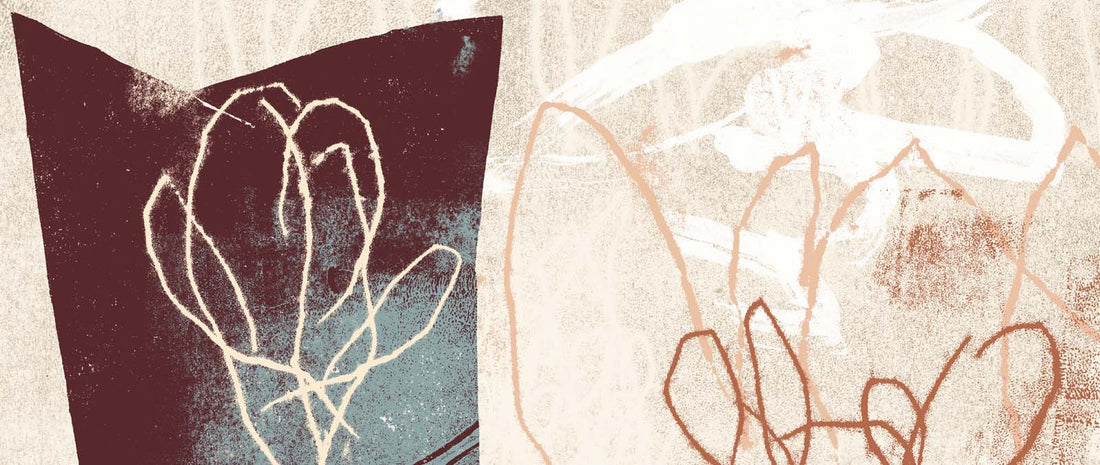Today on the blog I'm sharing an initial reflection on intuition and improvisation, two threads that often interweave at the heart of any creative process. This reading stems from the book Free Play: Improvisation in Life and Art by Stephen Nachmanovitch, a text that speaks not only of art, but of life as an open space where everything can transform if we're fully present.
Nachmanovitch understands improvisation as an act of trust. Creating is listening to what appears, giving it space without wanting to control it entirely. It's not a chaotic act, but a form of dialogue with the moment. When we improvise, we're participating in a movement larger than ourselves: that of life flowing through gesture, sound, color, or silence.
Intuition is, in this scenario, like a soft voice guiding us without words. It doesn't reason, doesn't argue; it simply knows. It appears when we stop anticipating and learn to listen from a deeper place. It's an ancient, bodily knowing that often arrives before thought. When we trust it, things take a form we couldn't have foreseen, but that feels right, alive.
To improvise is to open ourselves to this trust. It's allowing the work—be it a painting, a text, or a conversation—to find its own path. There are no formulas, only presence. Mistakes cease to be obstacles and become doorways; limitations become allies that give shape to what wants to be born. When the ego steps aside and we stop trying to "get it right," the process becomes more fluid, more sincere.
In my artistic work, I often recognize this: there's a moment when everything I had imagined disappears and only the dialogue with the material remains. Water spreads in an unexpected way, texture imposes itself, a color demands space. If I resist it, everything tenses; if I follow it, the work breathes. It's at this point that intuition speaks loudest: not as an external voice, but as an internal sensation of coherence, as if everything finds its place.
Improvising is also an apprenticeship in surrender. A practice of humility. We must accept not knowing, allow uncertainty to be part of the path. And paradoxically, it's in this "not knowing" that true freedom opens up. When we stop demanding results, spontaneity appears, the freshness of the moment, surprise. That's when the work becomes alive, when it breathes on its own.
Intuition and improvisation invite us to see creativity not as a technique, but as a way of being in the world. To live with awakened senses, to welcome what arrives, to not want to understand everything. They're attitudes that transform the artistic process, but also daily life: cooking, conversing, walking... everything can be a space of creation if we bring presence to it.
This is only a first approach to a theme that will continue to accompany me. In upcoming blog entries, I'll continue exploring other aspects and how they relate to this creative flow that Nachmanovitch describes with such lucidity.



